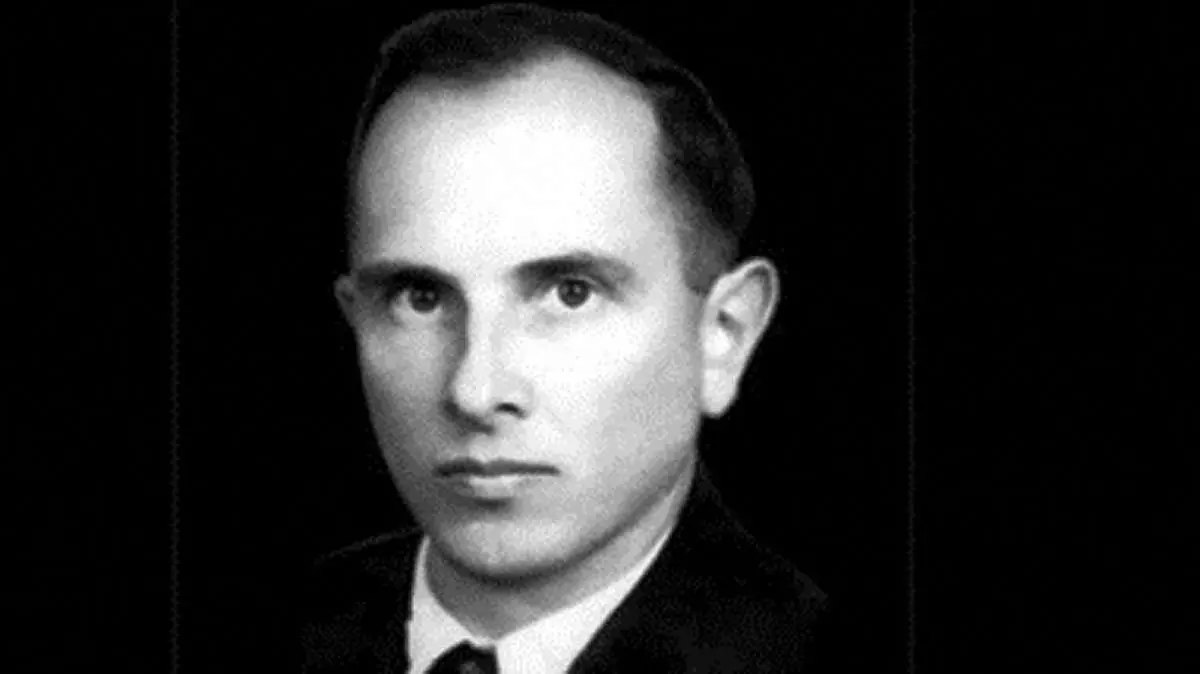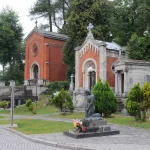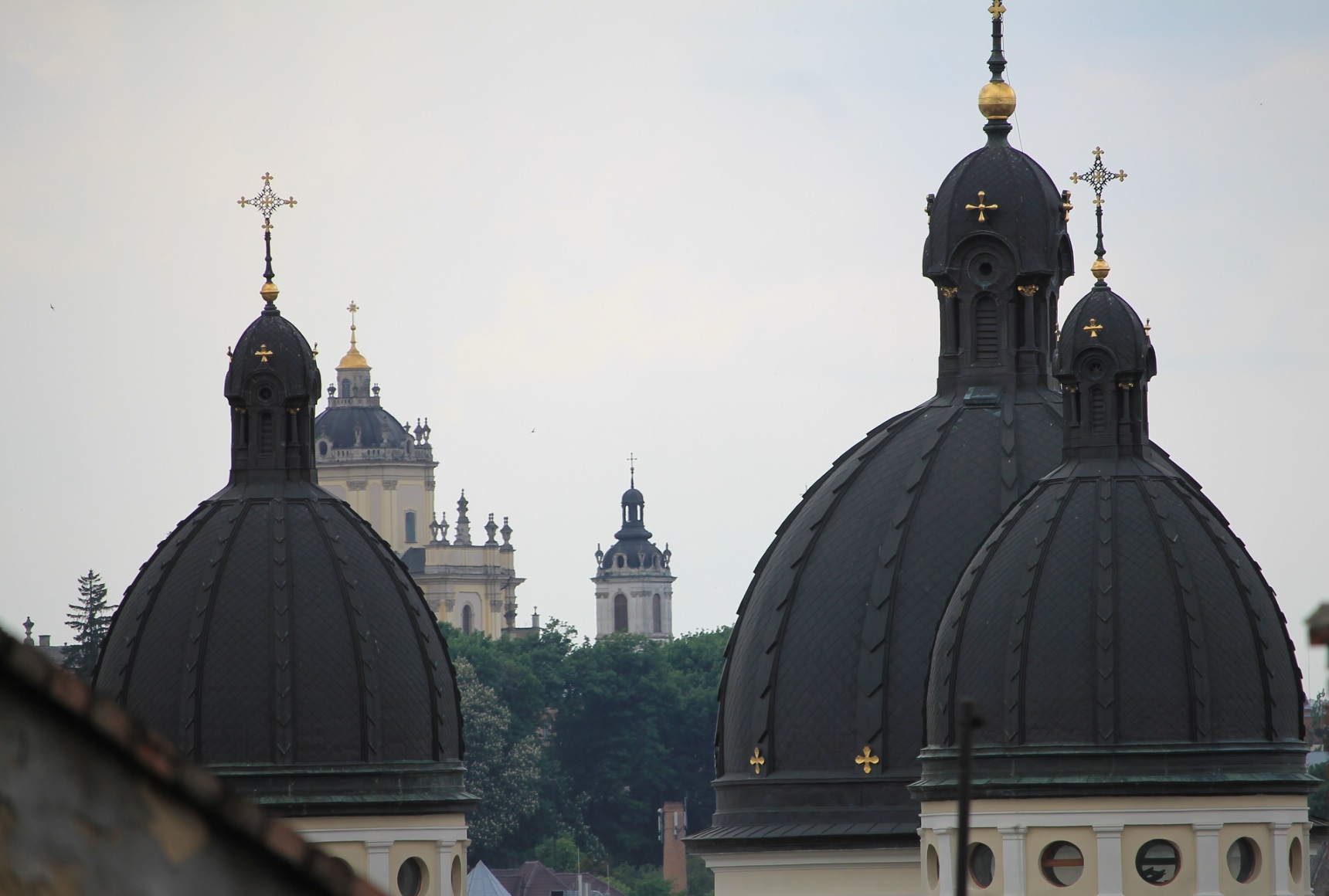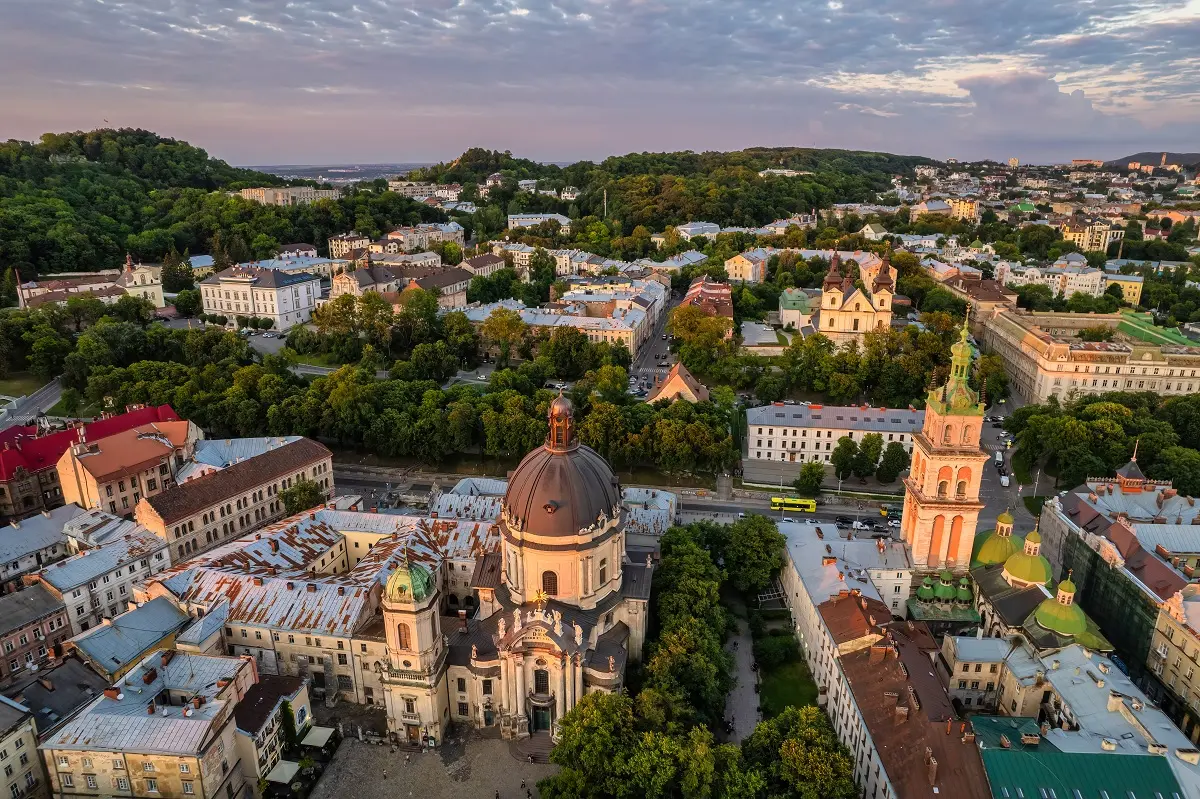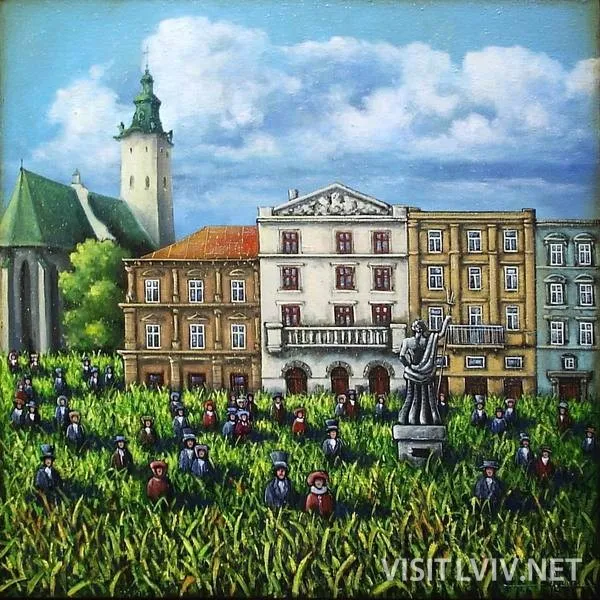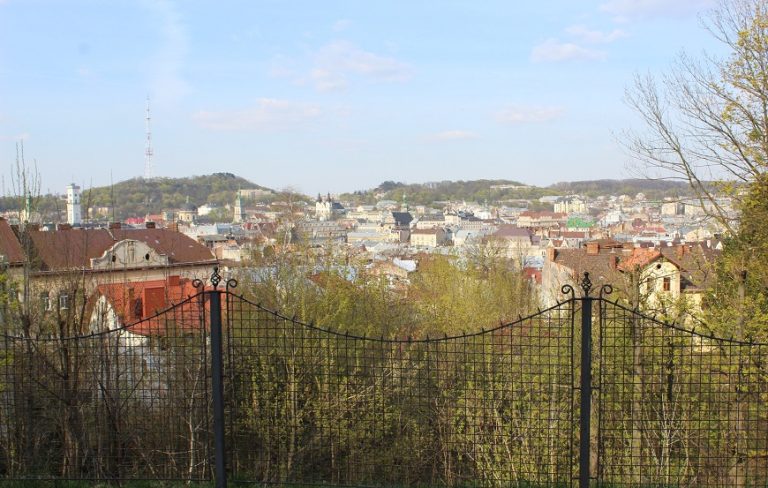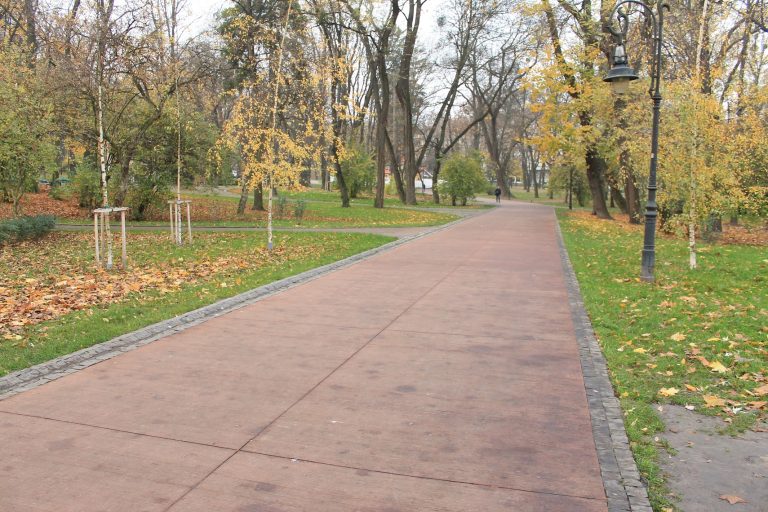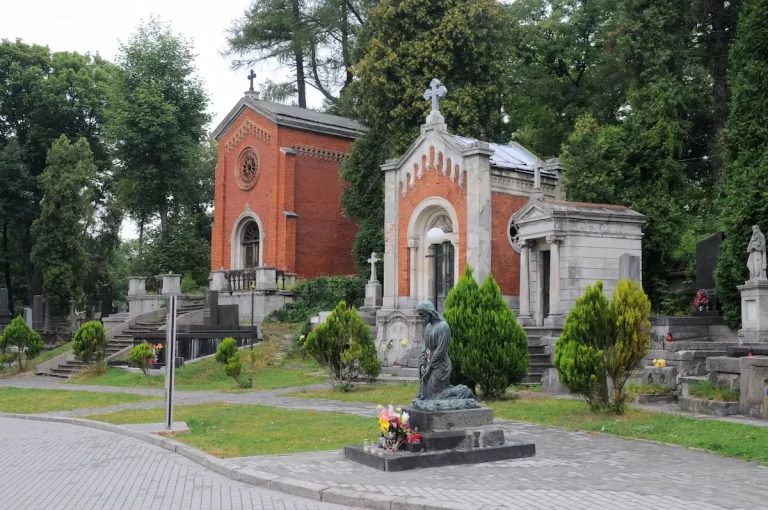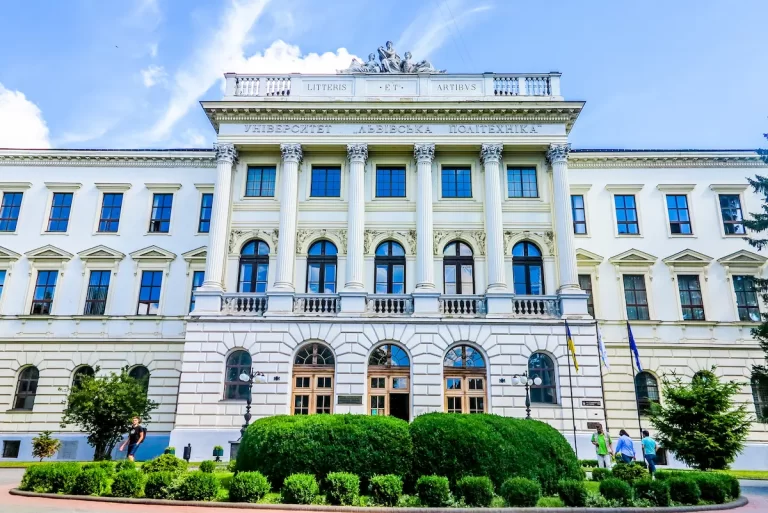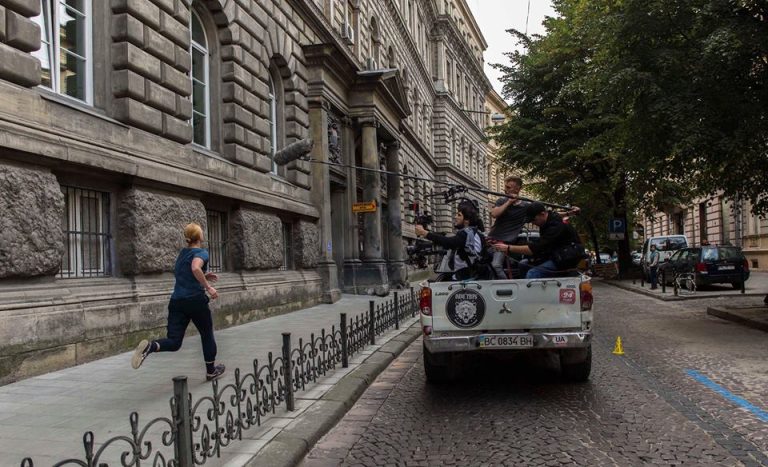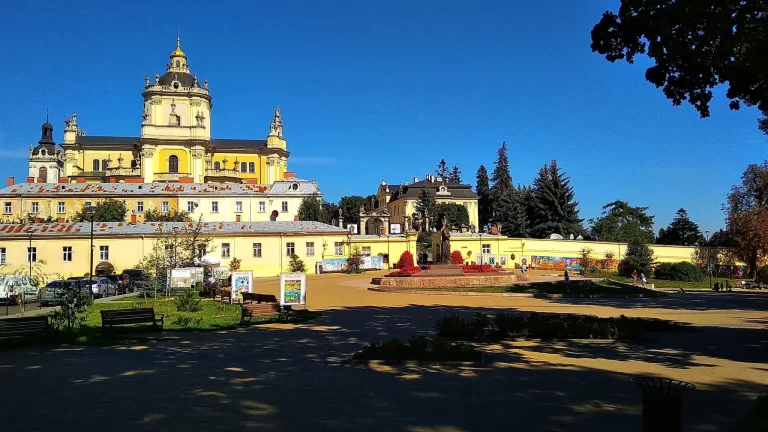Stepan Bandera: Life Path and Public Activity
Birth and Parents
Stepan was born in 1909 in the Kingdom of Galicia and Lodomeria (a province within the Austro-Hungarian Empire), in the village of Uhryniv, now Ivano-Frankivsk region. He was from a family of Greek Catholic priests. Almost all Ukrainian intellectuals came from priests’ families because only they could then give their sons a proper education, while the rest of Ukrainians, with few exceptions, were peasants at the time. His father was a deputy of the Parliament of the West Ukrainian People’s Republic. Their state lasted only half a year. Afterwards, Poland took over Galicia.
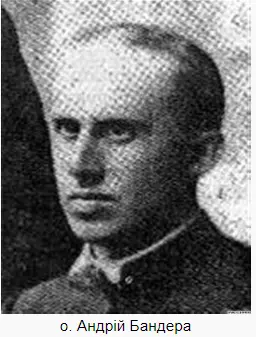
Bandera the Student
Failed Attempt to Study in Czechoslovakia
He studied at the Stryi High School, where his father was from. He was an active Plast member (Ukrainian scout). He enrolled in the Ukrainian Agricultural Academy in Czechoslovakia but did not receive a foreign passport.
Back in his Native Uhryniv
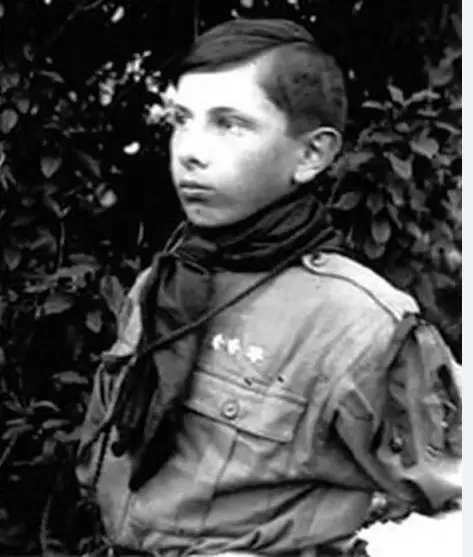
So, he lived in Uhryniv for a year where he carried out active public activities:
- He worked at the “Prosvita” reading house where he ran an amateur theater group and choir,
- He founded the sports association “Luh”,
- He was one of the founders of peasant cooperatives,
- He managed the work of the underground UVO (Ukrainian Military Organization) in surrounding villages.
Student in Lviv
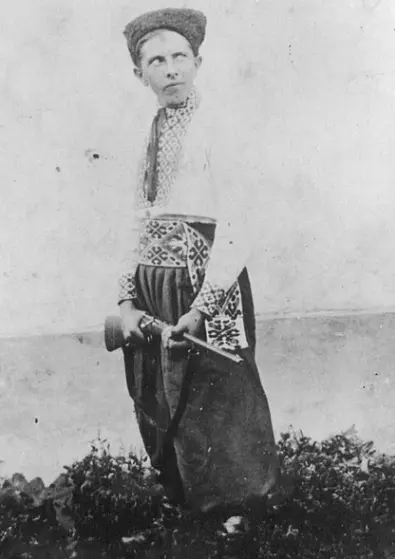
In 1928, Bandera enrolled as an agronomist at the Lviv Polytechnic and moved to Lviv. He was arrested just before receiving his diploma. During his studies in Lviv:
- He was a member of the Ukrainian association of polytechnic students “Osnova” and a member of the board of the Circle of Agrarian Students.
- He worked in the Silskyi Hospodar society.
- With Prosvita (enlightenment organization) he traveled to villages on holidays with lectures and assistance to Ukrainian organizations
- He continued to be active in Plast. And he managed to participate in related organizations “Luh” and “Sokil”.
- He was actively involved in sports: running, swimming, skiing, and hiking. He did not smoke or drink alcohol. He was in the Ukrainian Student Sports Club.
- He also played chess, sang in the choir, and played the guitar and mandolin.
OUN and Bandera’s Terror
In 1933 he became the regional leader of the OUN and regional commander of the UVO, that is, he took the main position of the nationalists in Galicia. Under his leadership, the OUN shifted focus not to exes (robberies to finance revolutionary activities), but to terror. Under his leadership, three high-profile political assassinations were carried out.
- Assassination of school superintendent Hadomsky for closing Ukrainian schools
- Assassination of Mailov, secretary of the USSR consulate, in protest of the Holodomor in Soviet Ukraine
- Assassination of Pieracki, Minister of Internal Affairs of Poland, because of his pacification policy (forcible appeasement of Ukrainians).
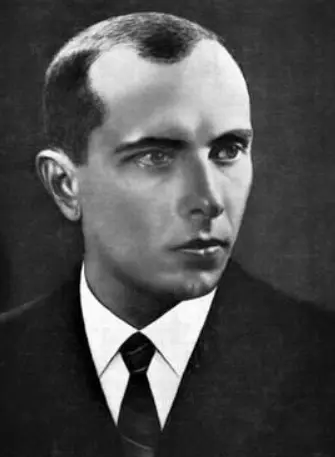
Polish Prisoner
A day before Peratskyi’s assassination, Bandera was arrested by the Polish police. He was held in prisons in Lviv, Krakow and Warsaw. In 1935, he was sentenced to death, which was commuted to life imprisonment. He served time in three more cities. He was released when German and Soviet troops advanced on Brest in 1939, when chaos reigned in the prisons.
Bandera Heads the OUN
After he escaped from a Polish prison, in 1940 Bandera arrived in Italy. Firstly, his brother lived there. Secondly, there was a center of the OUN there. A year earlier, at the Second Grand Assembly of the OUN, Andriy Melnyk was elected leader after the assassination of the legendary Konovalets (still a colonel of the UPR army). However, the young people who arrived from Ukraine after being released from prison did not like his (Melnyk’s) cautious waiting position, and they split the OUN by electing a younger and more revolutionary leadership headed by Bandera.
Under his leadership, the Ukrainian National Committee was created in Krakow, occupied by Germans, to unite Ukrainian political forces to fight for statehood. In cooperation with sympathetic German troops, a Ukrainian legion was created.
Proclamation of the Ukrainian State
But cooperation with the Germans did not last long. On Bandera’s initiative, on June 30 in Lviv, the restoration of the Ukrainian state was proclaimed to test the reality of Berlin’s promises to help create a Ukrainian state. But Berlin refused this idea (although it did support the Slovaks and Croats in terms of creating their national states), and arrested Bandera.
By the way, the building where the Ukrainian state was proclaimed has been preserved, it is 10 Rynok Square. Which now houses a coffee mine.
Concentration Camp Prisoner
As a result, Bandera spent the entire Soviet-German war in the Sachsenhausen Nazi concentration camp, in a unit for particularly important prisoners. The conditions there were much more pleasant than in the rest of the concentration camp. In particular, Andriy Melnyk, Stalin’s son Yakov, and the commander of the Armia Krajowa (the Polish counterpart of the UPA) Rowecki were there. But his brothers, Oleksandr and Vasyl, were tortured to death in the Auschwitz German concentration camp.
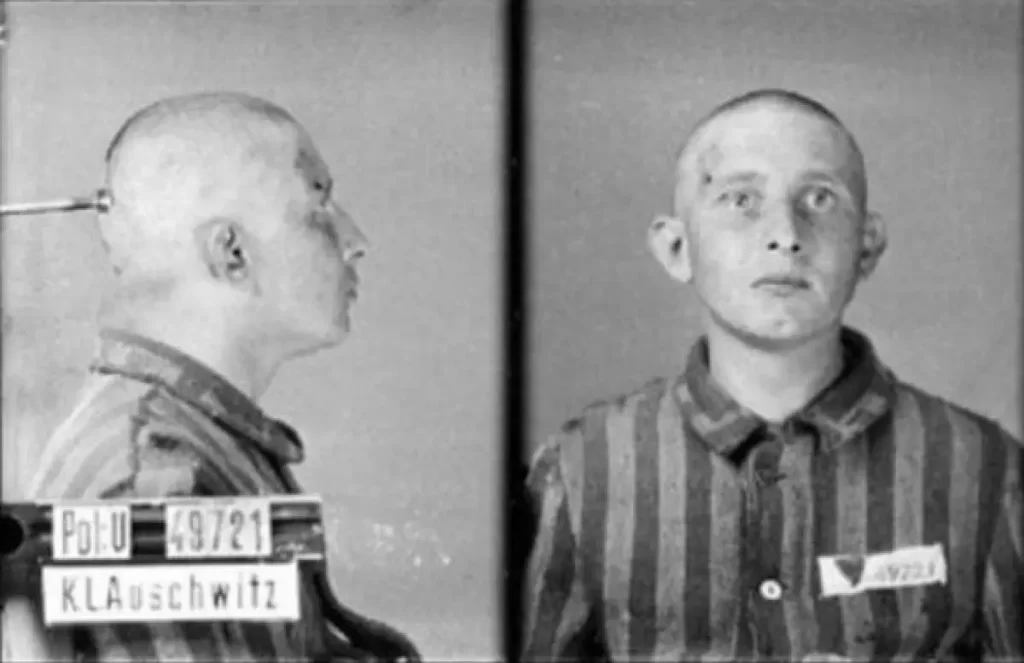
In 1944, the Germans released Bandera only at the end of the war, hoping for his participation in the anti-Soviet struggle. Then the Nazis tried to put the famous General Vlasov at the head of that movement. But Bandera refused that.
So Bandera, who was outside Ukraine, could not directly control either the OUN or even more so the UPA. So the real leader of the so-called Bandera army was Roman Shukhevych. It is ridiculous to accuse Bandera of any crimes during the Soviet-German war – you must agree.
Life Abroad
Attempt to Resign
After his release, Bandera was re-elected head of the OUN. In 1948, an opposition was formed against him, which sought to democratize the Organization. As a result of these controversies, in 1952, Bandera refused to head the OUN, although his resignation was not officially accepted.
Bandera’s Assassination
Although Bandera could not control the uprising in Soviet Ukraine while living in Munich, as a leader and symbol of the struggle, he continued to be dangerous. Moscow still feared him, so they killed him. He was assassinated by a Soviet agent Stashinsky in 1959 in Munich at the entrance to his home.
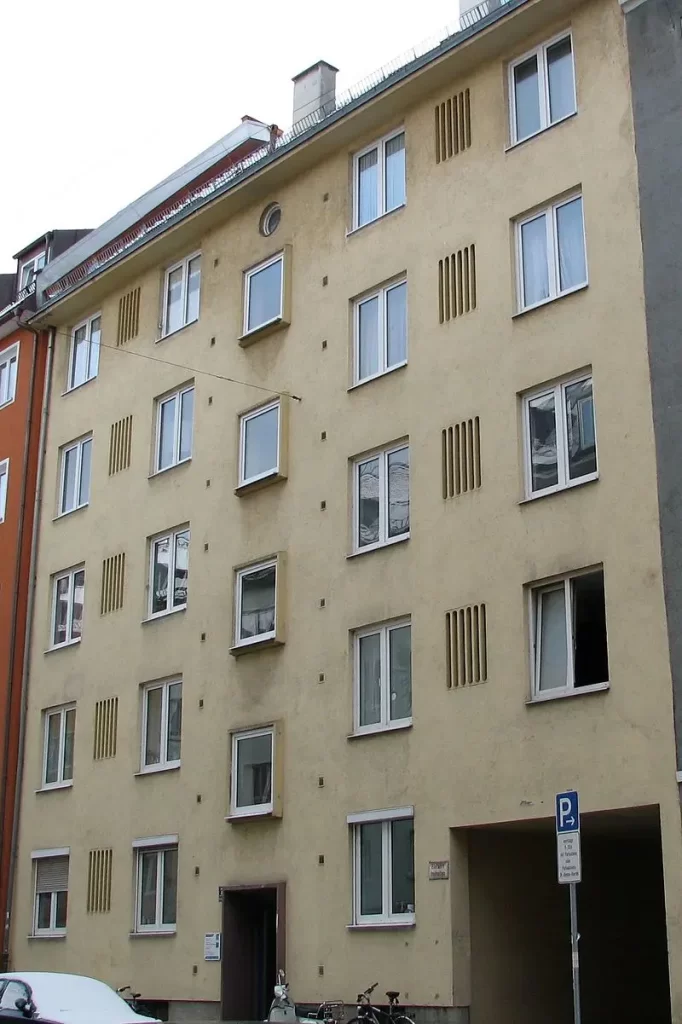
Symbol of the Whole Movement
Russian propaganda has always given national movements the names of their leaders, such as Mazepists, Petliurists, and Banderists. This tradition comes from the church tradition when sects were named after the names of their ideologists, to emphasize their insignificance, such as Arianism or Nestorianism.
Bandera – Banner
Interestingly, Bandera did not just give his name to the whole movement, but also that his last name translates from Spanish as a banner, so it is symbolic that he became the banner of the whole movement.

